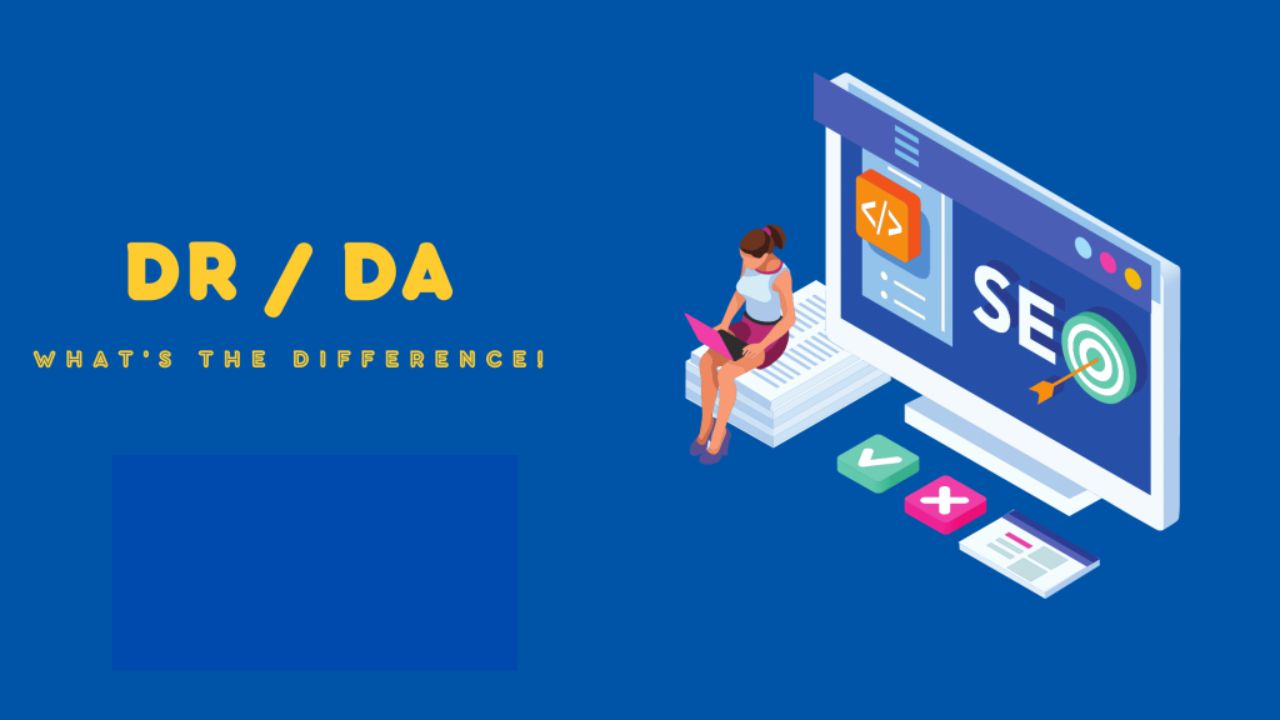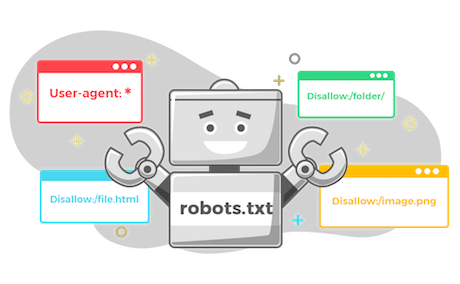The Power of Personalization in Email Marketing: Tips and Strategies for Effective Email Campaigns
Email marketing has come a long way since its inception. Today, it’s one of the most cost-effective marketing channels, generating an average ROI of 4400%. However, with the rise of spam filters, phishing, and email spoofing, marketers face many challenges in delivering their message to their intended audience. Personalization can help solve this problem.
Personalization refers to tailoring your email messages, including direct response mail, to the specific interests and needs of your recipients. By customizing your emails, you significantly enhance their relevance, making them more engaging and increasing the likelihood of being opened and read. In this blog post, we’ll delve into the power of personalization in email marketing, exploring its impact and effectiveness, and offer valuable tips and strategies to help you create highly effective and targeted email campaigns.
1. Get your email authentication in check
Before sending personalized emails, you need to make sure your emails are authenticated correctly. Authentication helps ensure your emails reach your recipients’ inboxes, and not their spam folder. Email authentication involves three essential components: SPF, DKIM, and DMARC.
SPF or Sender Policy Framework is a DNS record that lists the servers authorized to send email for your domain. It tells the recipient’s email server that the email is coming from an authorized sender. You can check your SPF record using an SPF record checker.
DKIM or DomainKeys Identified Mail is a cryptographic method used to sign your email, verifying that the email came from your domain and hasn’t been modified in transit. You can check your DKIM record using a DKIM checker.
DMARC or Domain-based Message Authentication, Reporting, and Conformance is a policy that allows domain owners to protect their domain from unauthorized use, phishing, and email spoofing. DMARC is used to authenticate emails and provide instructions on how to handle emails that fail authentication. You can check your DMARC record using a DMARC checker.
By ensuring these authentication protocols are in place, you can reduce the chances of your emails being rejected or flagged as spam.
2. Segment your email list
Personalization starts with knowing your audience. Segmenting your email list based on demographics, behavior, or other factors allows you to create targeted campaigns that speak directly to the needs and interests of each group. This can lead to higher open rates, click-through rates, and conversions.
For example, if you sell clothing, you might segment your list based on gender, age, and location. You could then create targeted campaigns featuring the latest fashion trends for each segment.
3. Personalize your subject lines
Your subject line is the first thing your recipient sees in their inbox. Personalizing your subject lines can make a significant impact on open rates. In fact, emails with personalized subject lines have a 26% higher open rate than those without.
You can personalize subject lines by using the recipient’s name or referencing their previous purchases or behavior. For example, “Hey, Sarah! You’ll love these new arrivals” or “Your favorite products are back in stock!”
4. Personalize your email content
Once your recipient opens your email, the content needs to be engaging and relevant to keep them reading. Personalizing your email content can help achieve this. You can do this by using the recipient’s name, addressing their pain points or interests, and providing tailored product recommendations.
For example, if you sell skincare products, you might send an email to someone who recently purchased a moisturizer, providing tips on how to apply it effectively or recommending other products that complement their purchase.
5. Use dynamic content
Dynamic content allows you to create multiple versions of an email and serve the version that’s most relevant to the recipient. You can do this by using conditional statements that change the content based on specific criteria, such as the recipient’s location, past behavior, or preferences.
For example, if you’re promoting a sale, you might use dynamic content to display different products based on the recipient’s past purchase history or geographic location.
6. Use retargeting
Retargeting involves sending follow-up emails to subscribers who have interacted with your previous emails, but haven’t taken action, such as making a purchase or clicking a link. Retargeting allows you to continue engaging with subscribers who have shown interest in your brand, and may just need an extra nudge to convert.
For example, if you sent an email promoting a sale, you could retarget subscribers who opened the email but didn’t click through with a follow-up email featuring the top-selling products from the sale.
7. Test and optimize
Testing and optimization are essential for improving the effectiveness of your email campaigns. By testing different elements such as subject lines, content, and call-to-actions, you can determine what works best for your audience and improve your results over time.
For example, you could A/B test different subject lines to determine which one generates higher open rates, or test different images or product recommendations to determine which ones lead to higher click-through rates.
Final Words
In conclusion, personalization is a powerful tool in email marketing that can help you overcome the challenges of email authentication, increase engagement, and improve conversion rates. By segmenting your list, personalizing subject lines and email content, using dynamic content, retargeting, and testing and optimization, you can create effective email campaigns that resonate with your audience and drive results. Don’t forget to ensure your email authentication is in check using SPF, DKIM, and DMARC, as this will help ensure your emails reach your subscribers’ inboxes and not their spam folder.




